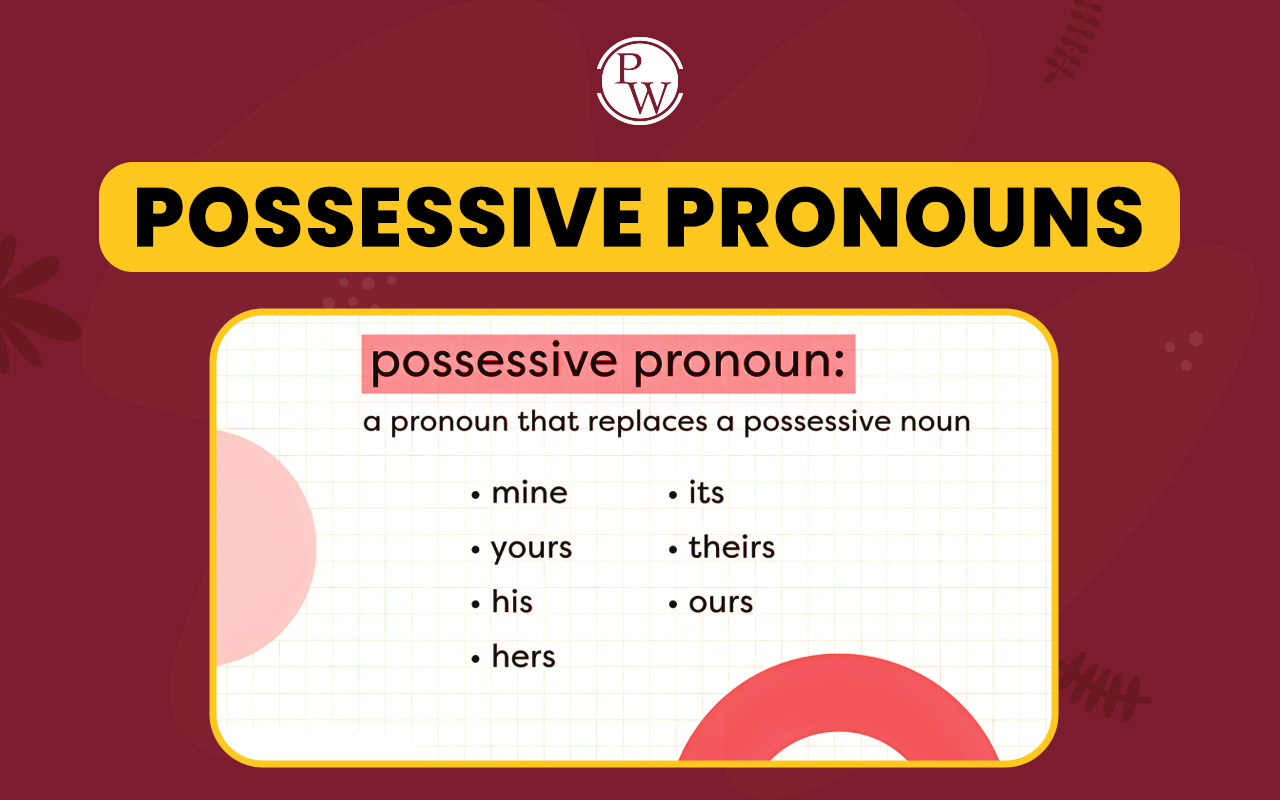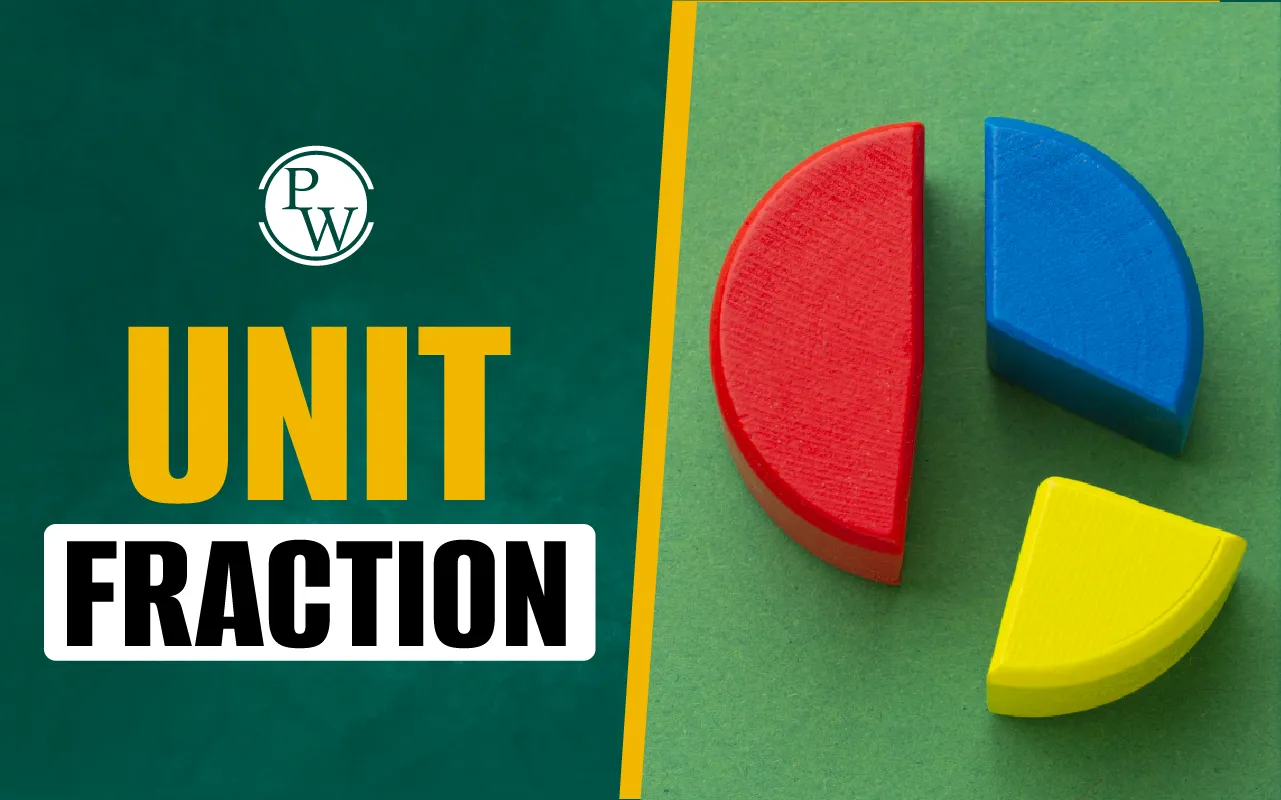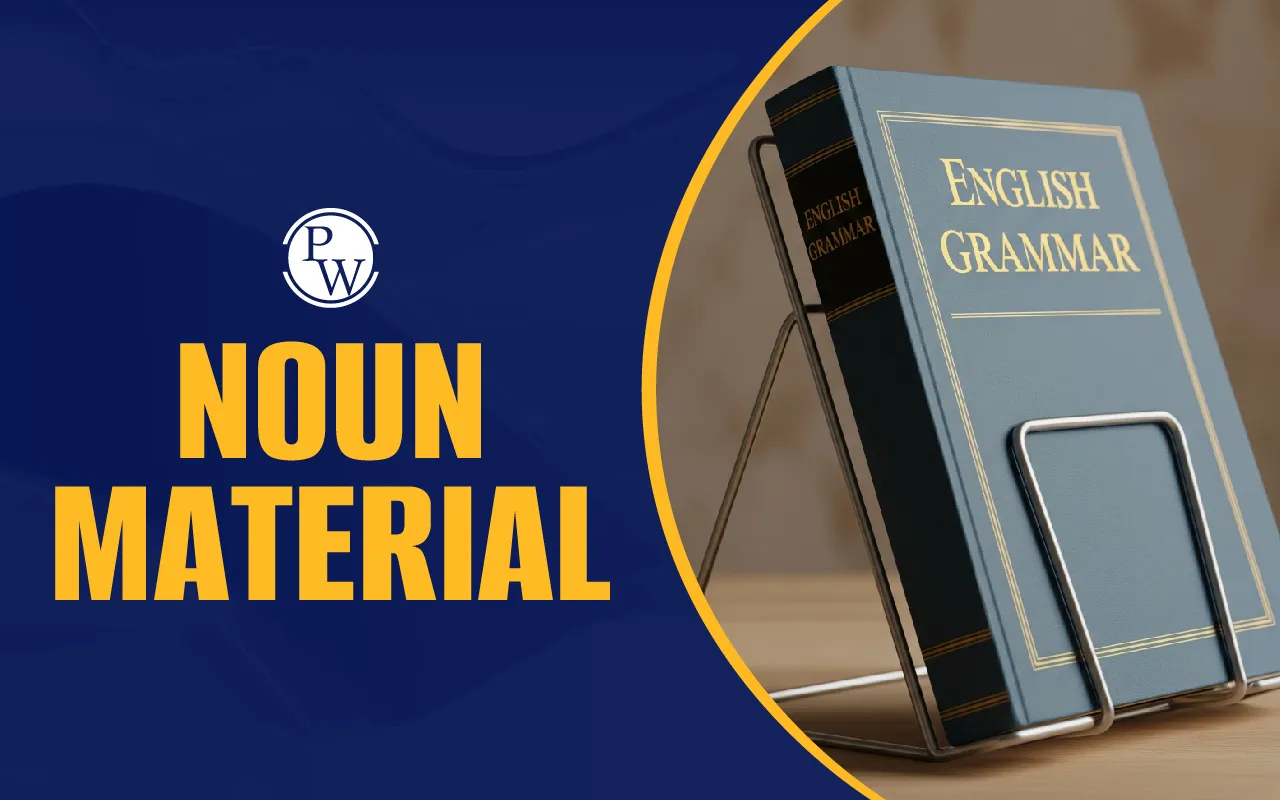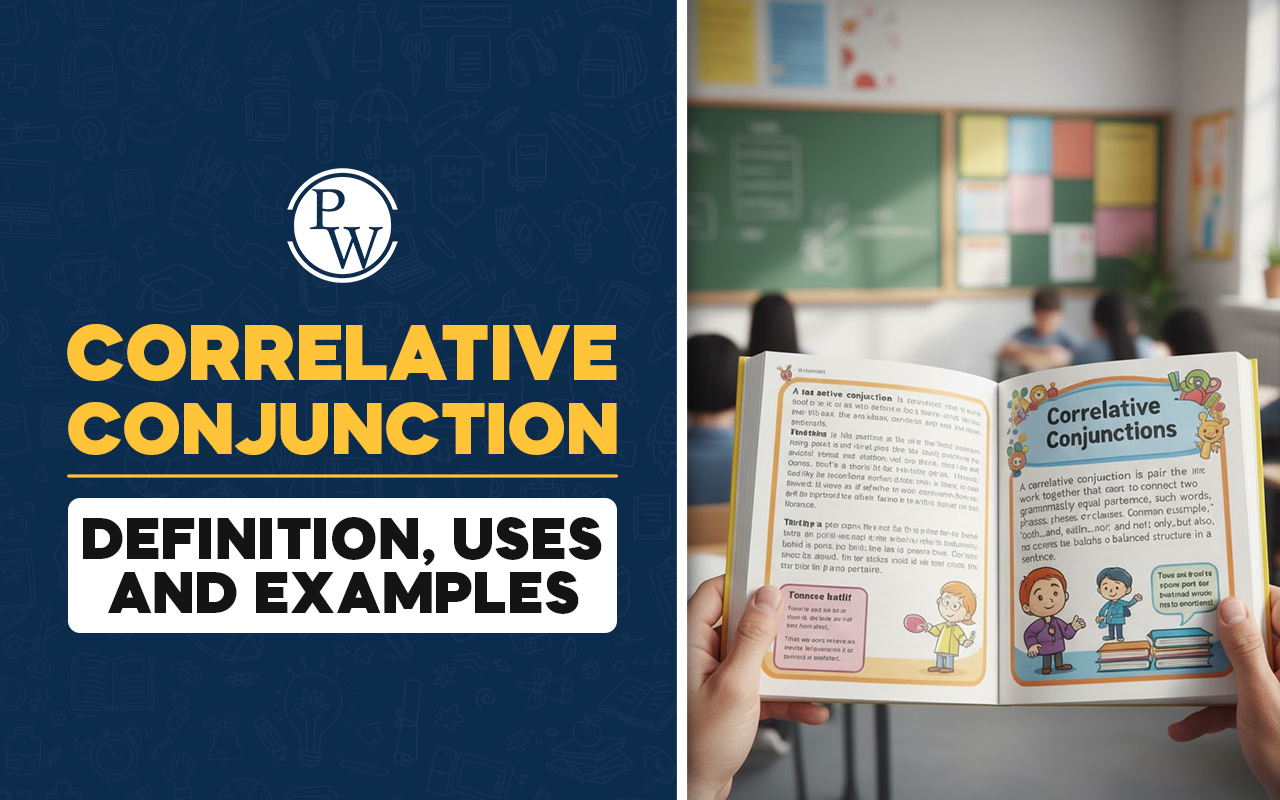

Possessive Pronouns are words that show who owns or is connected to something. They help describe people, animals, or things and how they relate to each other. For example, instead of saying, “This is my dog,” you can say, “This dog is mine.”
Possessive pronouns take the place of a noun in a sentence and can do the same jobs that nouns do. They make it clear who or what has ownership without repeating the noun. Possessive pronouns are different from possessive adjectives, which also show possession but need to come before a noun, like “my” in “my book.” Knowing how to use possessive pronouns can make your writing simpler and more engaging.What Are Possessive Pronouns?
Possessive pronouns are pronouns that indicate ownership or possession. They tell us that something belongs to a particular person or group. They are used to replace nouns in sentences and show that something belongs to someone or something. These pronouns are often used instead of repeating a noun or noun phrase in order to avoid redundancy.
For example:- That book is mine. (Instead of saying "That book is my book.")
- The house next door is ours. (Instead of saying "The house next door is our house.")
How to Use Possessive Pronouns in Sentences
Possessive pronouns are used to show that something belongs to a specific person or group. They are used in place of a noun phrase and function as replacements for possessive adjectives plus a noun. Let’s look at how each personal pronoun changes when it becomes a possessive pronoun :- I → Mine
- Example : This book is mine. (Instead of "This book is my book.")
- You → Yours
- Example : Is this pen yours? (Instead of "Is this your pen?")
- He → His
- Example : That jacket is his. (Instead of "That jacket is his jacket.")
- She → Hers
- Example : The flowers were hers. (Instead of "The flowers were her flowers.")
- It → Its (Note: This is rare as it’s usually an adjective rather than a pronoun)
- Example : The cat chased its tail. (Instead of "The cat chased the cat’s tail.")
- We → Ours
- Example : The victory was ours. (Instead of "The victory was our victory.")
- They → Theirs
- Example : The house is theirs. (Instead of "The house is their house.")
Common Mistakes and How to Avoid Them?
Here are common mistakes students often make when using demonstrative pronouns, along with tips to avoid them:- Using Apostrophes Incorrectly : One common mistake is putting an apostrophe in possessive pronouns, which is never correct.
- Mixing Up “Its” and “It’s” : Many people confuse “its” (showing ownership) and “it’s” (meaning “it is”).
- Correct: “ The cat lost its toy.” (“Its” shows the toy belongs to the cat.)
- Correct: “It’s a sunny day.” (“It’s” means “it is.”)
- Using the Wrong Pronoun : Make sure the possessive pronoun matches the noun it replaces. Don’t use a plural pronoun for a singular noun.
- Correct: “The project is mine.”
- Incorrect: “The project is ours” (unless it’s shared by more than one person
How to Use Possessive Pronouns Effectively?
To use possessive pronouns in the best way possible, follow these tips:Clarify Ownership
Use possessive pronouns to show who owns something. For example: “Whose phone is this? It’s mine.”Avoid Repetition
Replace repeated nouns with possessive pronouns to make sentences smoother. For example, instead of “Lisa’s cake is tasty, but my cake is tastier,” use “Lisa’s cake is tasty, but mine is tastier.”Make Sure Context Is Clear
Ensure that the pronoun’s reference (the noun it replaces) is clear to avoid confusion. incorrect: “We won, but they lost theirs.” (It’s not clear what “theirs” refers to.) Correct: “We won the championship, but they lost theirs.” (Now it’s clear that “theirs” refers to their championship.)Unique Uses of Possessive Pronouns
Here are the different unique uses of possessive pronouns:- Possessive pronouns can be used in special ways to show relationships or where someone comes from.
- “The cat is mine” means that the cat belongs to the speaker.
- “The hometown of my family is Chicago, and Atlanta is ours.” Here, “ours” means “our home city,” showing where the speaker’s family comes from.
Possessive Pronouns vs. Possessive Adjectives
Both possessive pronouns and possessive adjectives show who owns something, but they are used differently.Possessive Pronouns
- Take the place of a noun and can stand alone.
- Example: “This hat is mine.” (Here, “mine” replaces “my hat.”)
Possessive Adjectives
- Go before a noun to show who owns it and cannot stand alone.
- Example: “This is my hat.” (Here, “my” comes before “hat” to show ownership.)
Comparison
- “Your bike is new.” ( “Your” is a possessive adjective showing ownership of the bike.)
- “The new bike is yours.” ( “Yours” is a possessive pronoun replacing “your bike.”)
Possessive Pronouns Practice Questions
Here are a few practice questions for kids on possessive pronouns:- Replace the repeated word with a possessive pronoun: “This is Sarah’s pencil, and that is also Sarah’s pencil.”
- Fill in the blank with a possessive pronoun:
- Replace the noun phrase with a possessive pronoun:
- Choose the correct possessive pronoun:
- Complete the sentence with the correct possessive pronoun:
- “This is Sarah’s pencil, and that is also hers.”
- (A) mine
- ours
- (B) “That book is mine.”
- “This is his.”
- (A) yours
- ours
| Related Links | |
| Pronouns | Antonyms |
| Singular nouns | Synonyms |
| Plural nouns | Conjunctions |
Talk to a counsellorHave doubts? Our support team will be happy to assist you!

Possessive Pronouns FAQs
Can possessive pronouns be used at the beginning of a sentence?
Yes, possessive pronouns can be used at the beginning of a sentence. For example, “Yours is the best project in the class.”
Do possessive pronouns agree with the gender of the noun they replace?
Yes, some possessive pronouns like “his” and “hers” match the gender of the person owning the object. For example, “That car is his,” or “The notebook is hers.”
Do possessive pronouns change in different tenses?
No, possessive pronouns do not change based on tense. Whether a sentence is in the past, present, or future, possessive pronouns like “mine,” “yours,” “his,” “hers,” “ours,” and “theirs” stay the same. For example:Past tense: “That house was mine.”Present tense: “That house is mine.”Future tense: “That house will be mine.”In all these cases, the possessive pronoun “mine” remains unchanged, showing that tense does not affect how possessive pronouns are used
Free Learning Resources
PW Books
Notes (Class 10-12)
PW Study Materials
Notes (Class 6-9)
Ncert Solutions
Govt Exams
Class 6th to 12th Online Courses
Govt Job Exams Courses
UPSC Coaching
Defence Exam Coaching
Gate Exam Coaching
Other Exams
Know about Physics Wallah
Physics Wallah is an Indian edtech platform that provides accessible & comprehensive learning experiences to students from Class 6th to postgraduate level. We also provide extensive NCERT solutions, sample paper, NEET, JEE Mains, BITSAT previous year papers & more such resources to students. Physics Wallah also caters to over 3.5 million registered students and over 78 lakh+ Youtube subscribers with 4.8 rating on its app.
We Stand Out because
We provide students with intensive courses with India’s qualified & experienced faculties & mentors. PW strives to make the learning experience comprehensive and accessible for students of all sections of society. We believe in empowering every single student who couldn't dream of a good career in engineering and medical field earlier.
Our Key Focus Areas
Physics Wallah's main focus is to make the learning experience as economical as possible for all students. With our affordable courses like Lakshya, Udaan and Arjuna and many others, we have been able to provide a platform for lakhs of aspirants. From providing Chemistry, Maths, Physics formula to giving e-books of eminent authors like RD Sharma, RS Aggarwal and Lakhmir Singh, PW focuses on every single student's need for preparation.
What Makes Us Different
Physics Wallah strives to develop a comprehensive pedagogical structure for students, where they get a state-of-the-art learning experience with study material and resources. Apart from catering students preparing for JEE Mains and NEET, PW also provides study material for each state board like Uttar Pradesh, Bihar, and others
Copyright © 2025 Physicswallah Limited All rights reserved.
Get App











